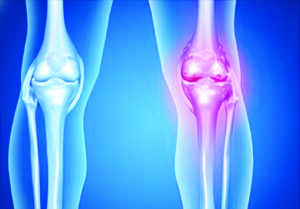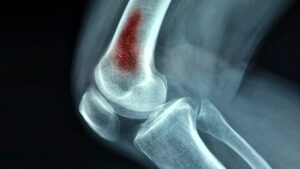Osteomyelitis Evaluation
The evaluation and diagnosis are important for effective treatment. The procedure of evaluating osteomyelitis includes clinical history and physical examination. There is a need for a detailed reporting of the history of the patient symptoms and examination to help identify the signs of infection. Besides, laboratory tests need to be carried out to help detect the increase in the number of white blood cell count and inflammatory markers.
The blood tests will help identify the specific bacteria involved. There is a need for imaging assessment, for example the X-ray and MRI, to help in examining bone destruction. Furthermore, the X-rays assist in identifying bone marrow involvement and abscess development.

Osteomyelitis Treatment
The treatment plan for osteomyelitis is extensive ingestion of antibiotics. The specific antibiotic is dependent on the bacteria and the extent of the damage. The antibiotics help by killing the bacteria infecting the bones. Besides, the antibiotics use the intravenous (IV) for a few weeks and the shit to oral pills.
The treatment aims to eliminate the infection while decreasing the damage to the bone and surrounding tissues. The antibiotics can assist in preventing the infection from increasing. In some cases, the use of surgical intervention is required to remove the dead bone tissues, also called sequestrectomy and drain abscess. The surgical process is important in chronic osteomyelitis and media reports that touch on prosthetic joints.

Remark
Osteomyelitis is a serious bone infection that requires prompt diagnosis and quality treatment. The comprehension of the infection etiology, clinical manifestations, evaluation and treatment by medical personnel can effectively reduce the bone infection and restore the health of the patient. Moreover, early intervention is important to assist in preventing chronic osteomyelitis, bone deformity, and growth harm in children.

The infection is best treated using antibiotics, which help fight bacterial infections in the body. However, if the condition is severe, surgical options are necessary to help remove the dead bones. Therefore, comprehending the infection process will better prepare the health staff to mitigate microbial infections across the human body.
WRITTEN BY: AMEDICC.COM
PHOTO CREDIT: GOOGLE.COM
